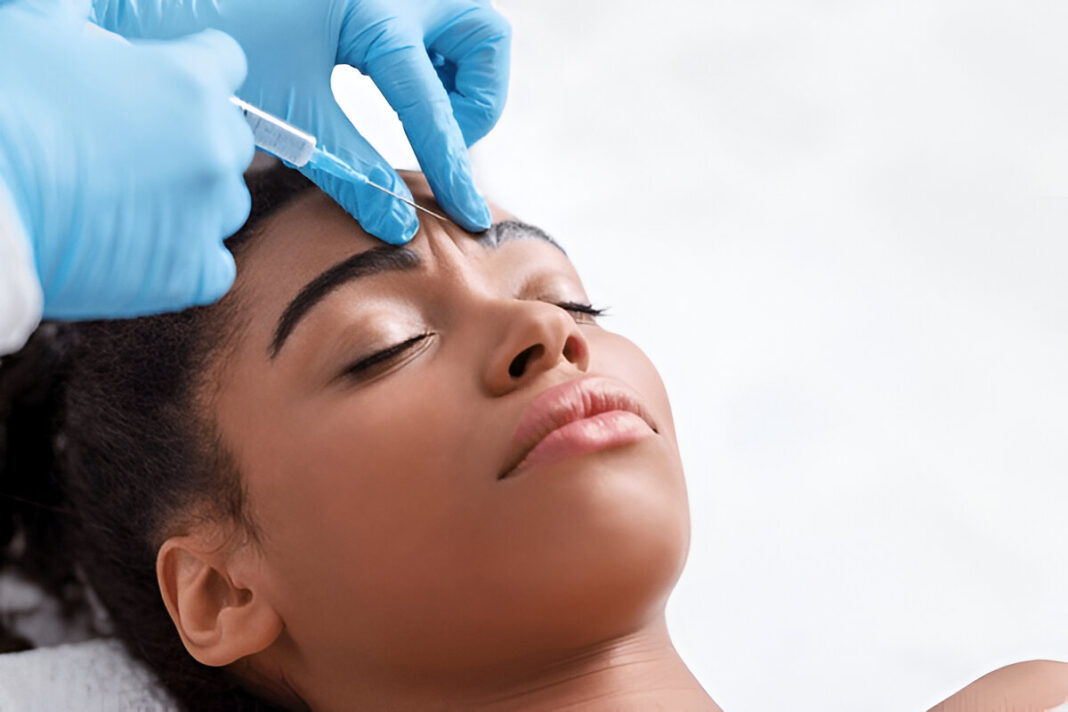Commonly known as Botox, Botulinum toxin type A has been with us since forever as the efficacious agent for reversibly decreasing the appearance of dynamic wrinkles. New advances in Botox techniques are taking this treatment beyond traditional boundaries to address understated enhancements and very specific refining effects that could potentially yield very natural-looking outcomes. Example applications of subtle changes being provided by micro-injections on selected facial muscles could include contour definition and correction of asymmetries or all together a refreshed yet expressive appearance. This article outlines modern advanced Botox techniques, their merits, and newly published research or scholarly evidence to support application fortheir efficacy.
Evolution of Botox in Aesthetic Medicine
An originally approved cosmetic indication for treating glabellar lines (frown lines) between the eyebrows, further uses have now been explored in aesthetic medicine. Increasing awareness of facial anatomy and muscle interactions has made it possible for dermatologists and plastic surgeons to fabricate new techniques that go beyond merely wrinkling. Modern techniques aimed at custom treatments for each patient, which help achieve a youthful, harmonious look while allowing mobility on treated areas, continue to evolve (Carruthers & Carruthers, 2021).
Advanced Botox Techniques
1. Micro-Botox (Mesobotox)
Microbotox, also known as mesobotox, is injecting diluted Botox into superficial layers of skin instead of muscles, thus treating the following conditions:
- Reduce fine lines with crepey skin texture.
- Minimize pore size and oil production.
- Enhance skin elasticity and luminosity.
With mesobotox, you get a smooth, airbrushed effect without losing control of expressions of the face by targeting the sweat glands and sebaceous glands (Rzany & Monheit, 2020).
2. Botox for Facial Contouring
Botox has now developed into a non-surgical mode of contouring facial shape by preferentially inducing muscle relaxation in areas that contribute towards bulkiness:
- Jawline Slimming: Botox injection into the masseter muscles yields reduction of jawline width to create a finer V-shape facial contour (Kim et al., 2019).
- Nefertiti Lift: Botox injected along the jawline and neck acts on the platysma muscle to essentially lift the lower face and diminish jowls for a youthful profile.
- Chin Reshape: By administering small doses of Botox to suppress the mentalis muscle, chin dimpling is smoothed out, as well as the chin projection refined.
3. Lip Flip and Perioral Rejuvenation
The Botox lip flip is quite a trendy procedure that entails administering very small doses of Botox to the orbicularis oris muscle surrounding one’s upper lip. It will then relax the muscle, causing a slight outward roll of the lip making them seem fuller without dermal fillers. Botox can also:
- Reduce lip lines vertically (so-called “smoker’s lines”)
- Correct gummy smiles by relaxing the upper lip elevators (Huang et al., 2021).
4. Botox for Brow Lifting and Eyelid Positioning
Botox strategically used can significantly improve the shape and place of the eyebrows.
- Chemical Brow Elevation: The procedure consists of injecting micro-doses into depressor muscles (corrugators and orbicularis oculi) while sparing the frontalis muscle to achieve elevation of the eyebrows and opening of the eyes.
- Correction of Eyelid Symmetry: It can treat some degree of eyelid ptosis or asymmetry by modifying activity of the levator and orbicularis muscles.
5. Botox for Neck Bands and Décolletage
Different signs of aging in exposed areas of the neck or chest, such as platysmal bands and the horizontal “necklace lines,” can be softened by the application of Botox. This treatment creates a smooth, tight neckline without invasive surgery (Rzany & Monheit, 2020).
6. Baby Botox
“Baby Botox” is a term used to describe subtle Botox treatment with ultra-low doses. It is the technique of choice for younger patients who want preventive treatment or for patients wishing to achieve natural-looking results with preserved facial expressions.
Benefits of Advanced Botox Techniques
- Naturalized Results: Such advanced techniques avoid that “look” of one being frozen due to high doses and work on small muscle groups at lower concentrations.
- The anti-aging surgeries: Microdosing Botox can avoid excessive contractions of muscles that would prevent firm forming deep lines caused by wrinkles in dynamic circumstances (Carruthers and Carruthers, 2021; reciting), different among others, from treatment actually done at the age.
- Non-Surgical Alternative: Many advances in technical use of Botox provide surgical-level results without associated downtime and complications of invasive treatment.
- Customized Treatments: With modern Botox treatments, injectors are able to tailor their approach for the individual patient in regard to each unique anatomy and aesthetic goals.
Challenges and Considerations
Though these latest advanced convolutional Botox techniques give their impressive results, there are certain things to note:
- Results Depend on Skills: Precision is extreme-the treatment should be undertaken only by experienced practitioners well versed with facial musculature and dosage adjustments.
- Temporary Results: Botulinum toxin effects last approximately 3-6 months and require regular injection sessions to extend the beneficial effects.
- Individual Variation: Botox response varies with strength of the muscle, metabolism, and lifestyle (Kim et al., 2019).
Future Trends in Botox Applications
There are studies ongoing that are meant to take Botox beyond the application in cosmetics. Here are some emerging trends.
- Personal Dosing Algorithms: Algorithm deployment for usage of AI in facial movement studies to customize dosage of Botox for the best possible individual outcome.
- Combination Therapy: This includes use of Botox together with fillers, lasers or even regenerative treatment methods such as platelet-rich plasma (PRP).
- Long-Lasting: Research on new formulations of botulinum toxin will make changes that allow patients to have results that lasted more than six months.
Innovation in advanced Botox application techniques has changed the idea of aesthetic medicine to include slight and precise enhancements according to modern beauty. Emerging techniques introduced are from micro-botox to non-surgical facial contouring: thereby allowing natural-looking and customizable results without sacrificing facial expression. As research and technology develop further, such applications will become even more advanced, extending avenues for non-invasive aesthetic improvement.
References
- Carruthers, J., & Carruthers, A. (2021). Botulinum toxin: Evolving techniques and applications in aesthetic medicine. Plastic and Reconstructive Surgery, 147(3), 607e-618e. https://doi.org/10.1097/PRS.0000000000007765
- Huang, X., Song, C., & Li, Q. (2021). The use of botulinum toxin in perioral rejuvenation: A systematic review. Journal of Cosmetic Dermatology, 20(4), 1154-1162. https://doi.org/10.1111/jocd.13896
- Kim, J. S., Ahn, Y. C., & Woo, K. J. (2019). Masseter botulinum toxin injections: Effects on facial contouring and bite force. Aesthetic Surgery Journal, 39(8), 879-888. https://doi.org/10.1093/asj/sjz022
- Prager, W., Rubin, M. G., & Goldie, K. (2021). Optimizing botulinum toxin treatments for brow and periorbital area. Dermatologic Surgery, 47(2), 175-182. https://doi.org/10.1097/DSS.0000000000002871
- Rzany, B., & Monheit, G. D. (2020). Microbotulinum toxin: A new frontier in aesthetic dermatology. Clinical, Cosmetic and Investigational Dermatology, 13, 703-712. https://doi.org/10.2147/CCID.S267003











